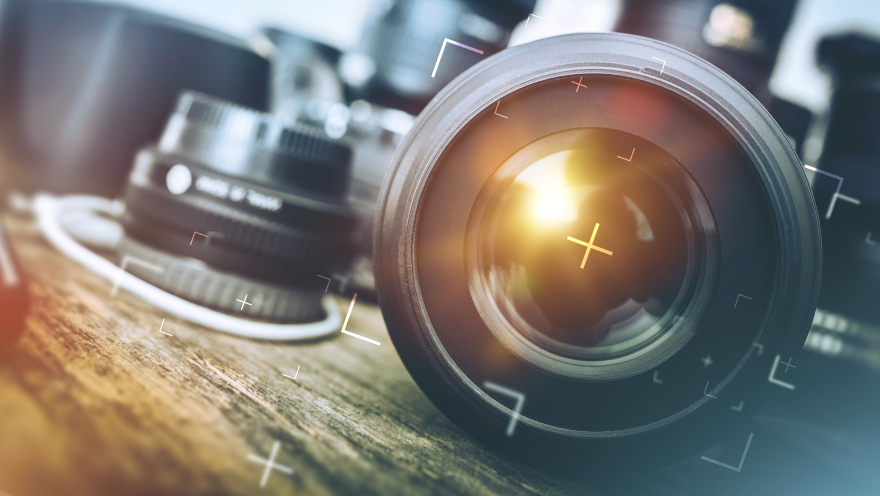COMMENTARY: Better photos from trained photographers

I was recently asked what the most important digital marketing investment is, where the first dollars should be spent, and my answer was simple and one word: merchandising.
That’s right, if dealers start off with weak or missing photos, their paid digital campaigns will never reach their full potential. Every car dealership needs high-quality photography services in order to properly merchandise their vehicles online. Dealers either outsource these services or do the work themselves. If they choose to do the work themselves, dealers must count on internal resources to either already know photography best practices, or to quickly come up to speed.
We inspect hundreds of dealer websites every week and see varying levels of photo quality, and when we point out glaring photo quality issues, it is clear the work is not being inspected. Why is vehicle photography so important for dealers?
Keep in mind that weak photographs affect 100% of the dealer’s digital investment. Dealers should really take this to heart, especially when attracted to a new photography service that is 20% cheaper, but the quality may vary. After all, this is no small digital marketing investment being affected — according to the new 2021 NADA DATA report, dealers spend an average of $26,000 each month on their digital marketing. That’s right, on average, in 2021 U.S. new car dealers spent $26,000 per month on digital marketing. That is a ton of money, and since vehicle photographs are tied to every online destination, if the quality is low, it negatively affects every website that vehicle appears on.
Great photography is like making a great burger or steak at home. The work is not difficult; you just need to learn the best practices.
I ran the nation’s largest dealership photography business for 18 years, and we had some incredible photographers, giving me time to learn from the best. The first place to start is with equipment. For the very best results, I recommend a digital SLR camera from Nikon or Canon. These cameras require a bit more training but offer incredible flexibility, especially in low-light situations.
My second choice would be the new iPhone 13 Pro, which has an incredible set of cameras that can capture wide angle, zoom, and video with amazing results. I still prefer the SLR in low light situations, but smartphone cameras continue to close that gap. The other advantage with SLR cameras is the ability to use lens filters, such as a polarizer. The lens polarizer removes outdoor sun glare, and for vehicle photography, makes an incredible difference. Once the equipment has been purchased, make sure the employees who will be capturing the photos have been trained, especially for the SLR cameras. YouTube is a great source for quick, informative lessons on any camera or smartphone.
After purchasing the right equipment, and making sure the employee is trained on using the equipment, the next step is training on framing the image, using proper lighting, and how to use images to story tell. First on framing, the photographer should not be afraid to get close to the vehicle to make sure it is large enough in the frame.
We see too many images where the photographer is too far away from the vehicle, even with photo overlays. For lighting, the best tips are making sure the sun is behind the photographer, and using a flash for interior shots. And finally, when it comes to storytelling, the photographer should be very intentional about the ordering of the photos. We see far too many 24-photo carousels with 12 exterior images, followed by 12 interior images.
We’ve looked at the automotive shopping data, and most consumers get to at least the sixth or eighth photo in a carousel. Therefore, if the vehicle has a high-value, differentiating option such as rear camera, or navigation, a picture of that option needs to be in the first eight images. Keep in mind that many online shoppers simply swipe through vehicle images, without reading the options listing. Dealers should use vehicle photos to quickly tell a story of why this vehicle is special.
I will be sharing these tips and more as part of this summer’s Dealer Training Series from Cherokee; my webinar is titled “Pre-Owned Vehicle Merchandising Success”.
George Nenni is the founder of Generations Digital, a technology marketing analytics firm that empowers car dealers to eliminate advertising waste and maximize their marketing dollars. He is the author of “A Car Dealers’ Guide to Digital Marketing” and “A Car Dealer’s Guide to Google Business Profile”

 View The Latest Edition
View The Latest Edition

